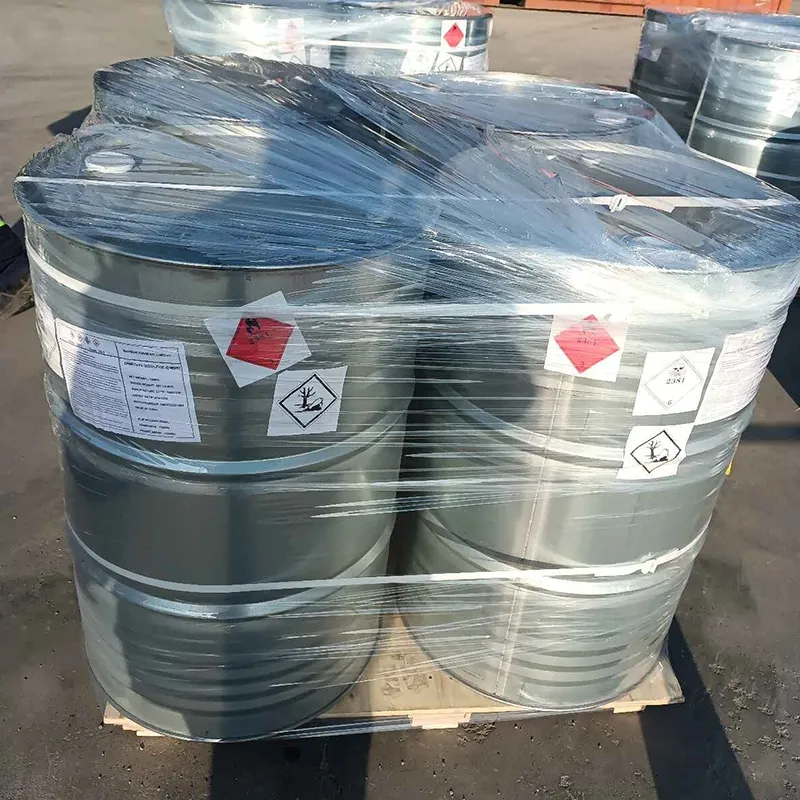
e476 food additive
Understanding E476 The Food Additive You Should Know
In the ever-evolving world of food science, food additives play a crucial role in not only extending the shelf life of products but also enhancing their texture, appearance, and flavor. One such additive that has gained attention in recent years is E476, also known as Polyglycerol Polyricinoleate (PGPR). In this article, we will explore what E476 is, its uses, safety, and potential concerns associated with its consumption.
What is E476?
E476 is a food emulsifier derived from natural sources. It is produced by chemically modifying glycerol and castor oil, which makes it an interesting addition to various food products. Being an emulsifier, E476 helps to mix ingredients that usually do not blend well, such as oil and water. This characteristic makes it particularly useful in the production of chocolate, margarine, and bakery products.
Uses of E476 in Food Production
E476 is primarily utilized for its emulsifying properties. In chocolate manufacturing, for instance, it helps reduce viscosity, ensuring a smooth and homogenous product. This not only improves the mouthfeel but also enhances the chocolate's ability to withstand temperature fluctuations during shipping and storage. Additionally, in spreads and dressings, E476 aids in maintaining a consistent texture, preventing the separation of oil and water components.
Beyond these applications, E476 is also used in the production of confectionery, bakery items, and dairy products. Its versatility and effectiveness in stabilizing mixtures make it a popular choice among food manufacturers looking to improve product quality and consumer appeal.
Safety and Regulatory Status
e476 food additive

E476 is considered safe for consumption by various food safety authorities worldwide. In the European Union, it is approved for use in a variety of food products and is regulated under strict guidelines. Similarly, organizations such as the U.S. Food and Drug Administration (FDA) have classified it as Generally Recognized As Safe (GRAS), indicating that it is acceptable when used appropriately.
However, as with any food additive, there are always discussions about potential health implications. Some studies suggest that excessive consumption of processed foods containing additives like E476 might contribute to health issues. It is crucial for consumers to maintain a balanced and varied diet. While E476 itself has not been directly linked to significant health risks, it’s advisable to be mindful of overall additive intake.
Potential Concerns
While E476 is deemed safe for most individuals, there are potential concerns for specific populations. For instance, individuals with allergies to castor beans or related compounds may experience adverse reactions. As with all additives, transparency in labeling is essential. Consumers should always check ingredient lists, especially if they have known allergies or specific dietary restrictions.
In recent years, the clean label movement has gained momentum, leading many consumers to seek out products with fewer additives. For those who prioritize natural ingredients, the presence of E476 in a product may be a deterrent. Manufacturers are increasingly responding to this trend by reformulating products to minimize or eliminate synthetic additives.
Conclusion
E476, or Polyglycerol Polyricinoleate, is a food additive that plays a vital role in the production of many popular food products. Its emulsifying properties contribute to product quality and consumer satisfaction. While it is generally regarded as safe, consumers should remain informed and mindful of additive intake. A balanced diet, combined with awareness of ingredient labels, will help ensure that we make healthy choices for ourselves and our families. As we move forward, ongoing research and consumer preferences will continue to shape the landscape of food additives like E476.
-
Pure Sodium Dichloroisocyanurate Dihydrate | Powerful DisinfectantNewsAug.29,2025
-
Industrial Chemicals: Quality & Purity for Every IndustryNewsAug.28,2025
-
Nitrile Rubber Honoring Strict Production StandardsNewsAug.22,2025
-
Aspartame Ingredients Honoring Food Safety ValuesNewsAug.22,2025
-
Fertilizer for Balanced Plant NutritionNewsAug.22,2025
-
Cyanide Gold Processing with High Purity AdditivesNewsAug.22,2025
-
Formic Acid in Textile Dyeing ApplicationsNewsAug.22,2025
Hebei Tenger Chemical Technology Co., Ltd. focuses on the chemical industry and is committed to the export service of chemical raw materials.
-

view more DiethanolisopropanolamineIn the ever-growing field of chemical solutions, diethanolisopropanolamine (DEIPA) stands out as a versatile and important compound. Due to its unique chemical structure and properties, DEIPA is of interest to various industries including construction, personal care, and agriculture. -

view more TriisopropanolamineTriisopropanolamine (TIPA) alkanol amine substance, is a kind of alcohol amine compound with amino and alcohol hydroxyl, and because of its molecules contains both amino and hydroxyl. -

view more Tetramethyl Thiuram DisulfideTetramethyl thiuram disulfide, also known as TMTD, is a white to light-yellow powder with a distinct sulfur-like odor. It is soluble in organic solvents such as benzene, acetone, and ethyl acetate, making it highly versatile for use in different formulations. TMTD is known for its excellent vulcanization acceleration properties, which makes it a key ingredient in the production of rubber products. Additionally, it acts as an effective fungicide and bactericide, making it valuable in agricultural applications. Its high purity and stability ensure consistent performance, making it a preferred choice for manufacturers across various industries.





